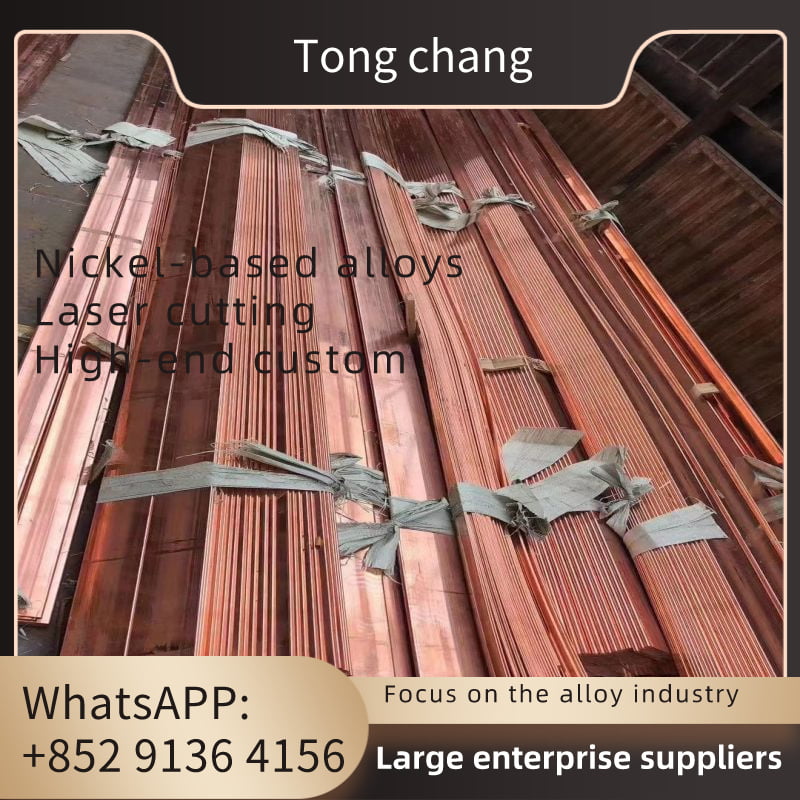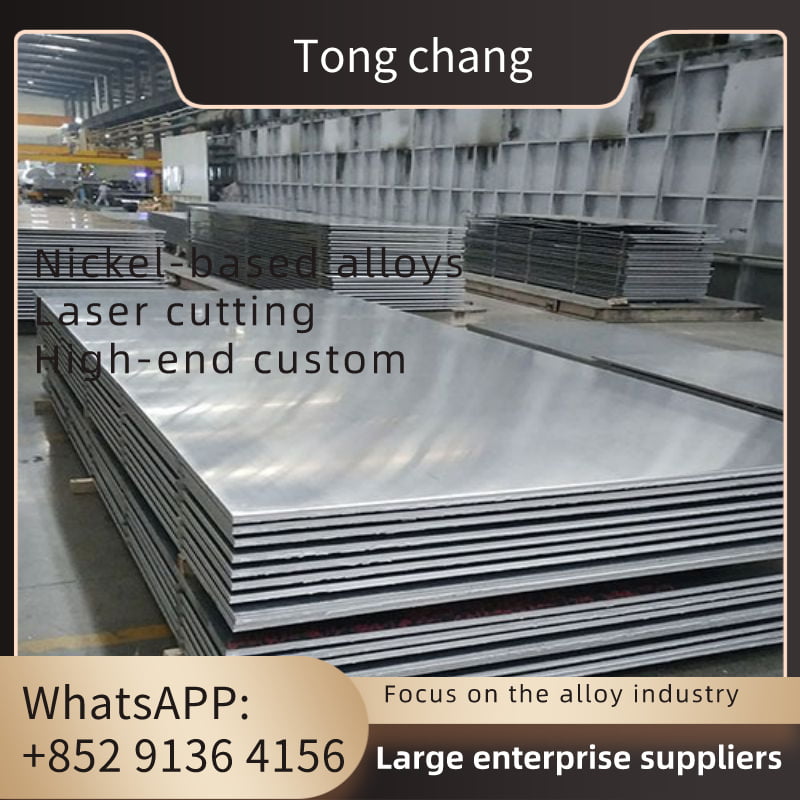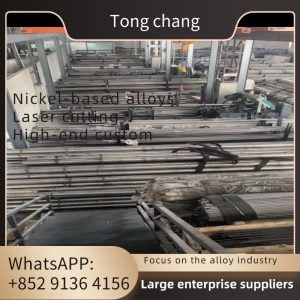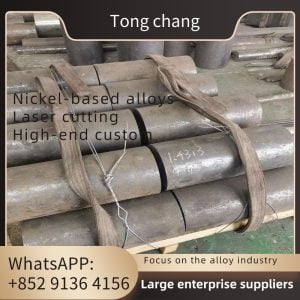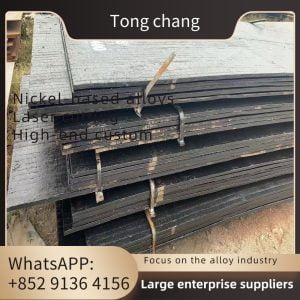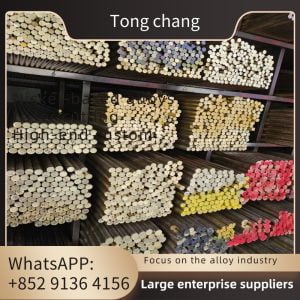| 鳍片类型: | G 型 | 标准: | ASME SB163 |
|---|---|---|---|
| 底管材料 | 蒙乃尔 400 | 鳍片材料 | 铝 99,5 |
| 无损检测: | HT/ECT | 申请: | 热交换器,船用部件,冷凝器等。 |
| 强光 | G 型镍合金无缝管, 船用部件 铝翅片管, Monel 400 镍合金无缝管 | ||
用于船用部件的 ASME SB163 UNS Monel 400 Nikel 合金无缝管 G 型铝翅片管
镍基 ASME SB163 UNS N04400 卡套管以耐高温海水和蒸汽而著称。
翅片管用于热流体通过管壁向冷流体传热的场合。热量传递的速度取决于三个因素:(1) 两种流体之间的温差;(2) 每种流体与管壁之间的传热系数;(3) 每种流体接触的表面积。在裸管(无内衬)的情况下,当外表面积不明显大于内表面积时,传热系数最低的流体将决定总传热率。
蒙乃尔 400 化学成分
| 等级 | C | 锰 | Si | S | 铜 | 铁 | 倪 | Cr |
| 蒙乃尔 400 | 0.30 最大值 | 最多 2.00 | 最大 0.50 | 0.24max | 28.0-34.0 | 最高 2.50 | 63.00 分钟 | - |
机械性能
| 要素 | 密度 | 熔点 | 拉伸强度 | 屈服强度(0.2%Offset) | 伸长率 |
| 蒙乃尔 400 | 8.8 克/立方厘米 | 1350°C (2460°F) | Psi - 80,000 , MPa - 550 | Psi - 35,000 , MPa - 240 | 40 % |
物理特性
| 属性 | 公制 | 帝国 |
|---|---|---|
| 密度 | 8.8 克/立方厘米 | 0.318 磅/英寸3 |
管材压力等级
卡套管外径 | 管壁厚度(英寸) | |||||||
|---|---|---|---|---|---|---|---|---|
| .028 | .035 | .049 | .065 | .083 | .095 | .109 | .120 | |
| 工作压力(psig) | ||||||||
| 1/8 | 7900 | 10100 | ||||||
| 1/4 | 3700 | 4800 | 7000 | 9500 | ||||
| 5/16 | 3700 | 5400 | 7300 | |||||
| 3/8 | 3100 | 4400 | 6100 | |||||
| 1/2 | 2300 | 3200 | 4400 | |||||
| 3/4 | 2200 | 3000 | 4000 | 4600 | ||||
| 1 | 2200 | 2900 | 3400 | 3900 | 4300 | |||
使用 G 型翅片管的行业
1.橡胶工厂
2.发电厂
3.石油工业
4.化学工业
G 型翅片管的特点
1.设计紧凑
2.高性能
3.易于安装
4.空间要求小
5.减少布线
6.优化表面
7.使用最先进的技术
8.平均防腐能力
9.降低能耗
10.可靠性更高
11.维护成本低
12.高机械阻力
G 型翅片管的加工工艺
在 G 型鳍片管中,鳍片是通过在凹槽中嵌入金属条而制成的。凹槽是在基管上形成的。将鳍片放在凹槽上,然后回填,从而将鳍片牢固地固定在基管上。因此被称为 G 型鳍片管。上述三道工序同时进行。由于翅片牢固地附着在基管上,G-翅片管的传热效果有望达到最大。
G 型鳍管通常用于高温(约 400 摄氏度)环境。这些翅片由铜、碳或铝制成,耐大气腐蚀性相对较低。另一方面,它们的机械耐腐蚀性还可以接受。也可使用不锈钢和碳钢翅片材料,但需要对钢翅片条进行特殊加工和工具制作。空气冷却器、散热器等都使用 g 形翅片管。
